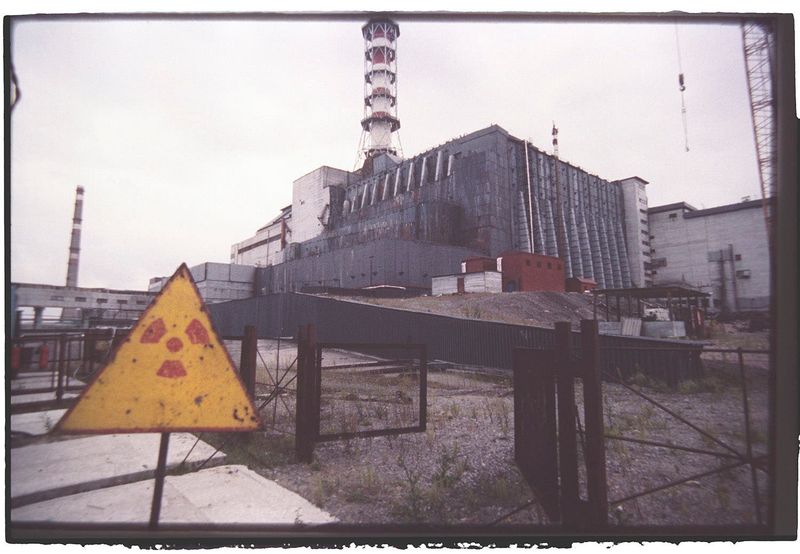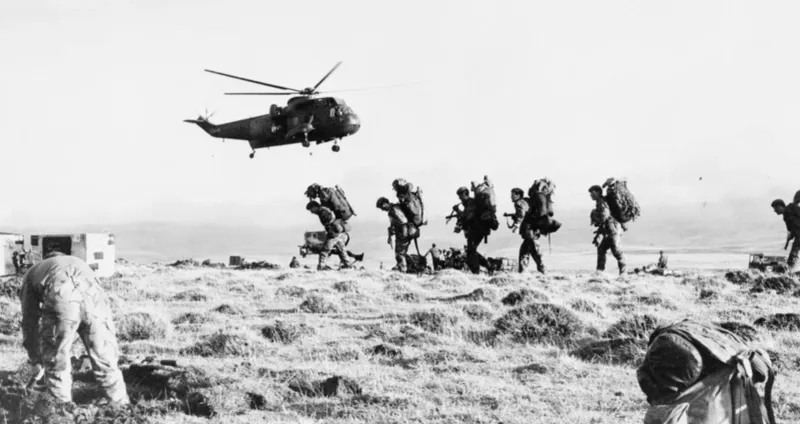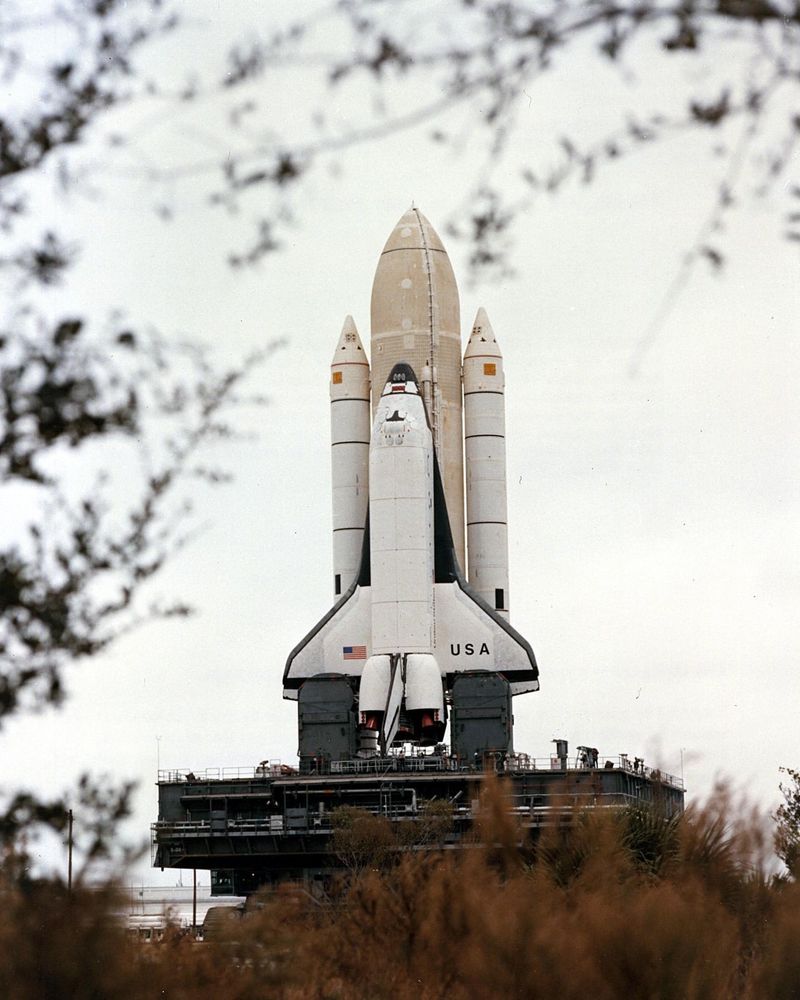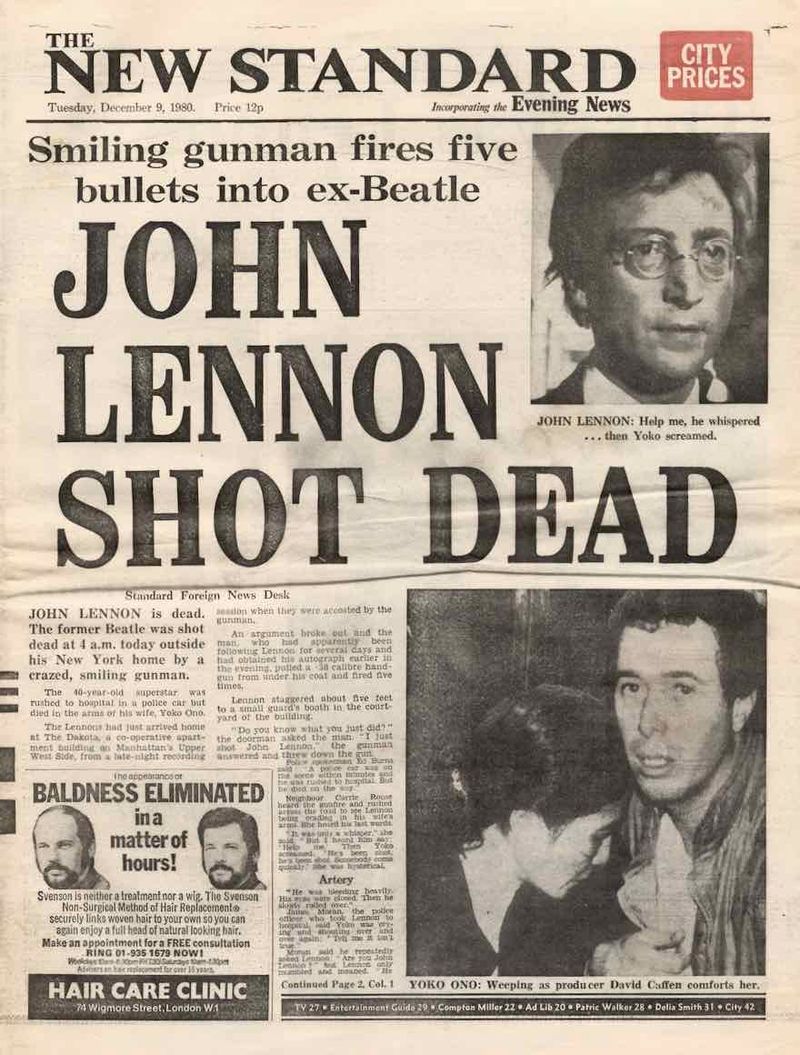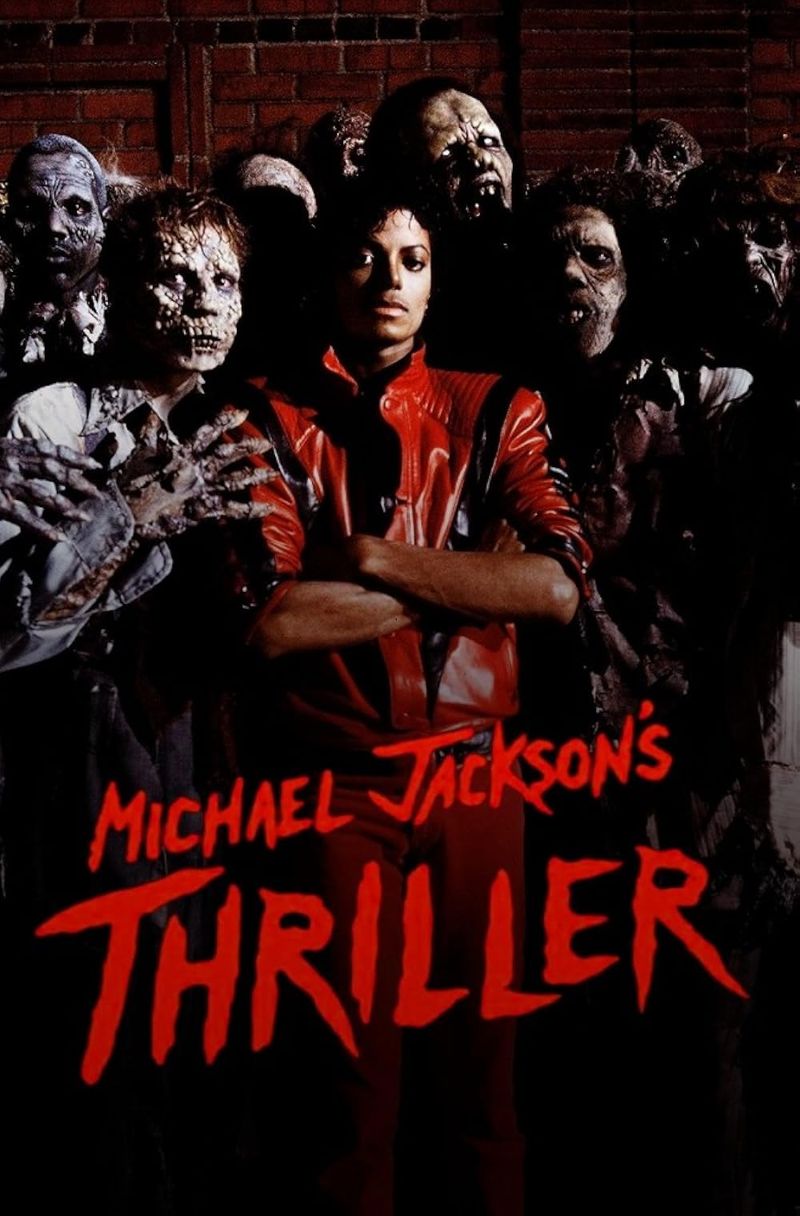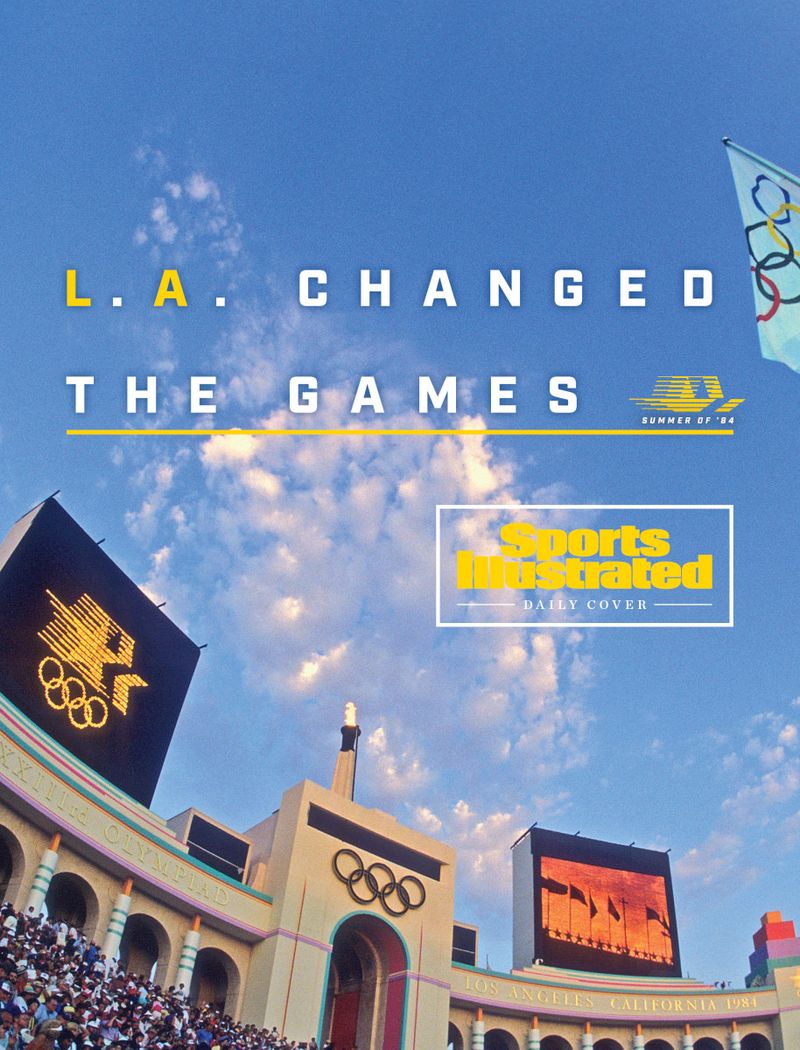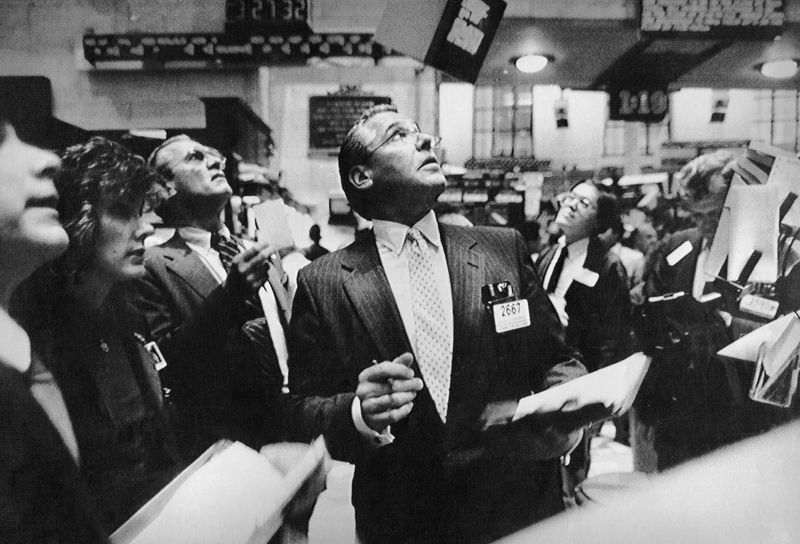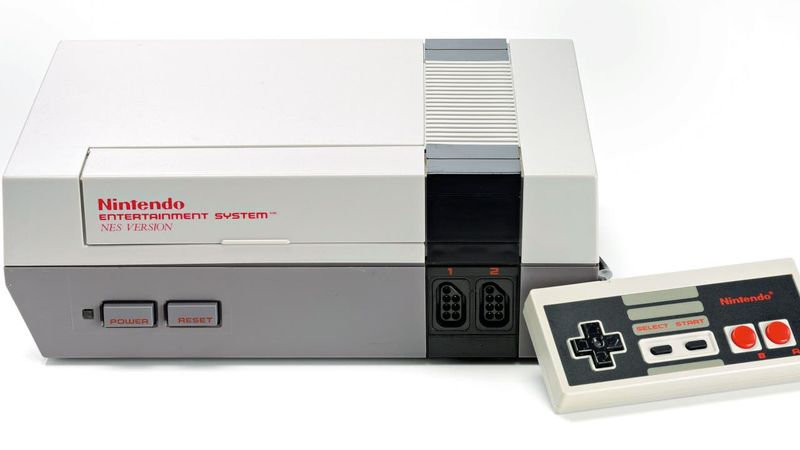The 1980s was a decade of significant cultural, political, and technological changes. From iconic pop culture moments to groundbreaking political developments, the ’80s left a lasting impact on the world. This blog post explores 20 pivotal events that shaped the decade, offering a nostalgic journey for those who lived through it and an enlightening exploration for those who didn’t.
Fall of the Berlin Wall
In 1989, the Berlin Wall, a symbol of division, began to crumble. The wall had long separated East and West Berlin, and its fall marked the end of an era. People from both sides gathered, chipping away at the concrete barrier.
The atmosphere was electric, filled with hope and anticipation. This monumental event signified not just the reunification of Germany but also the broader collapse of Soviet influence in Eastern Europe.
The fall of the Berlin Wall is remembered as a turning point that paved the way for a new chapter in European history.
Live Aid Concert
In 1985, the world came together for Live Aid, a dual-venue charity concert organized to combat famine in Ethiopia. The event was held simultaneously at Wembley Stadium in London and John F. Kennedy Stadium in Philadelphia.
Bob Geldof, the mastermind behind the initiative, gathered iconic artists like Queen, U2, and David Bowie to perform.
Broadcasted globally, Live Aid raised over $125 million, showcasing the power of music and collective action. It was a moment where entertainment and humanitarian efforts converged, leaving an indelible mark on the fight against hunger.
Launch of MTV
In 1981, MTV launched, changing the landscape of music consumption forever. “Video Killed the Radio Star” by The Buggles was the first music video aired, marking a new era.
MTV became the go-to channel for music videos and youth culture, propelling artists like Michael Jackson and Madonna to unprecedented fame.
Its influence extended beyond music, reshaping fashion and attitudes. By providing a visual platform for musicians, MTV revolutionized the industry, making it an essential part of ’80s pop culture. Its legacy continues to influence the media landscape today.
Challenger Disaster
The Challenger disaster in 1986 was a tragic reminder of the risks of space exploration. Seventy-three seconds after liftoff, the space shuttle broke apart, leading to the loss of seven astronauts, including teacher Christa McAuliffe.
The disaster was broadcast live, leaving millions in shock and grief. The investigation revealed that faulty O-rings in the solid rocket boosters were the cause.
This incident led to a reevaluation of NASA’s safety protocols and reinforced the need for stringent checks. The Challenger disaster remains a poignant moment in space history.
Chernobyl Nuclear Disaster
In 1986, a catastrophic nuclear accident occurred at the Chernobyl Nuclear Power Plant in the Soviet Union. A reactor explosion released massive amounts of radioactive material into the atmosphere.
The immediate area was evacuated, and a vast exclusion zone was established. The disaster had long-lasting effects on health and the environment, impacting generations.
Chernobyl highlighted the dangers of nuclear power and the need for strict safety measures. Its legacy endures, serving as a cautionary tale of technological failure and environmental impact.
AIDS Epidemic
The AIDS epidemic emerged in the early 1980s, becoming one of the most significant public health crises of the decade. Initially misunderstood and stigmatized, the disease spread rapidly.
Activists and healthcare professionals fought tirelessly to raise awareness and improve treatment options. The epidemic profoundly affected communities, particularly the LGBTQ+ community.
Public campaigns and education gradually shifted perceptions, leading to increased research and funding. The fight against AIDS continues today, but the ’80s laid the groundwork for ongoing advocacy and support efforts.
Falklands War
In 1982, the Falklands War erupted between the United Kingdom and Argentina over the disputed Falkland Islands. The conflict lasted ten weeks, resulting in significant casualties on both sides.
The war ended with a British victory and reaffirmed control over the islands. This brief yet intense conflict showcased the complexities of territorial disputes and international diplomacy.
The Falklands War had long-term implications for UK-Argentina relations and regional politics, highlighting the importance of peaceful resolution in international conflicts.
Reagan’s ‘Star Wars’ Initiative
In 1983, President Ronald Reagan introduced the Strategic Defense Initiative (SDI), popularly known as “Star Wars.” The plan aimed to develop a missile defense system that could protect the United States from nuclear attacks.
SDI envisioned space-based lasers and advanced technology to intercept missiles. While ambitious, the initiative faced criticism for its feasibility and cost.
The proposal intensified the arms race with the Soviet Union, influencing Cold War dynamics. Although SDI was never fully realized, it spurred technological advancements and strategic discussions on national defense.
Wedding of Charles and Diana
The wedding of Prince Charles and Lady Diana Spencer in 1981 was a global spectacle watched by millions. Held at St. Paul’s Cathedral, the ceremony was lavish, symbolizing fairy-tale romance.
Diana’s iconic wedding dress and the grandeur captivated audiences worldwide. The event was more than a royal union; it became a cultural phenomenon.
Despite the marriage’s eventual challenges, the wedding left a lasting impression on royal watchers and the public. It marked the beginning of Diana’s beloved status and her profound influence on the monarchy.
Introduction of the IBM PC
The introduction of the IBM Personal Computer in 1981 revolutionized the computing world. Model 5150 was user-friendly, marking the beginning of the PC era.
Its open architecture allowed third-party developers to create software, expanding its capabilities. The IBM PC set the standard for future personal computers, transforming workplaces and homes.
Its success paved the way for technological advancements and the growth of the computer industry. The IBM PC’s impact is still felt today in the ubiquity of personal computing.
The Handmaid’s Tale Publication
Margaret Atwood’s “The Handmaid’s Tale,” published in 1985, offered a chilling glimpse into a dystopian future. The novel explores themes of oppression, control, and gender dynamics.
Set in a totalitarian society, it resonates with readers, prompting discussions on women’s rights and autonomy. Atwood’s thought-provoking narrative captivated audiences and critics alike.
The novel’s enduring relevance is evident in its adaptations into television series and other media. “The Handmaid’s Tale” remains a powerful commentary on societal issues, inspiring continued dialogue and reflection.
Launching of Space Shuttle Columbia
In 1981, the launch of the Space Shuttle Columbia marked a new era in space exploration. As the first reusable space vehicle, it embodied innovation and ambition.
Columbia’s successful mission demonstrated the potential for future shuttle flights, advancing scientific research and international collaboration.
The shuttle’s launch inspired a generation of space enthusiasts and reinforced the importance of space exploration. Columbia’s legacy continues to influence today’s space endeavors, symbolizing human curiosity and achievement.
Pac-Man Arcade Game Release
The release of Pac-Man in 1980 took the gaming world by storm. Designed by Namco, this arcade game became a cultural phenomenon, appealing to diverse audiences.
Players navigated a maze, guiding Pac-Man to consume pellets while avoiding ghosts. Its popularity led to merchandise, sequels, and adaptations, cementing its status in pop culture.
Pac-Man’s simple yet addictive gameplay captivated millions, contributing to the growth of the gaming industry. Its legacy endures, inspiring new generations of gamers and showcasing the timeless appeal of classic arcade games.
Eruption of Mount St. Helens
In 1980, Mount St. Helens erupted with devastating force, transforming the Washington landscape. The eruption was preceded by seismic activity and steam eruptions, culminating in a massive explosion.
Ash clouds spread across several states, affecting air quality and visibility. The eruption led to significant environmental and economic impacts, as well as loss of life.
Mount St. Helens’ eruption underscored the power of nature and the importance of geological monitoring. It remains a significant event in volcanic history, prompting continued research and preparedness efforts.
John Lennon’s Assassination
The assassination of John Lennon in 1980 shocked the world, leaving fans heartbroken. Outside his residence at The Dakota in New York City, Lennon was shot by an obsessed fan.
The former Beatle’s death marked a tragic end to a vibrant life and career.
Lennon’s music and activism left an indelible mark on the world, advocating for peace and love. His untimely passing prompted global mourning and reflection on his legacy. The music world continues to celebrate Lennon’s contributions, ensuring his spirit endures through his timeless work.
Introduction of Compact Discs
The introduction of compact discs (CDs) in the early 1980s changed the way people experienced music. They offered superior sound quality and durability compared to vinyl records and cassette tapes.
CDs quickly gained popularity, becoming the preferred medium for music lovers. The format allowed for easier navigation and storage, transforming home audio systems.
This technological advancement paved the way for digital music, influencing how we consume media today. The launch of CDs marked a turning point in audio history, with their impact still resonating in modern music formats.
Michael Jackson’s ‘Thriller’ Release
The release of Michael Jackson’s “Thriller” in 1982 redefined pop music. With chart-topping hits like “Billie Jean” and “Beat It,” the album became the best-selling of all time.
Jackson’s innovative music videos, particularly the “Thriller” short film, captivated audiences worldwide.
The album showcased Jackson’s exceptional talent and versatility, solidifying his status as the “King of Pop.” “Thriller” influenced music, dance, and fashion, leaving an enduring legacy. Its impact on the recording industry and pop culture remains unparalleled, inspiring artists and entertainers across generations.
1984 Los Angeles Olympics
The 1984 Los Angeles Olympics were a triumphant display of athletic excellence and cultural unity. Despite a Soviet-led boycott, the games featured remarkable performances.
American athletes, including Carl Lewis, excelled in track and field, while new records were set. The event showcased Los Angeles’ ability to host a global spectacle.
Through sponsorships and media coverage, the 1984 Olympics became a financially successful endeavor. The games left a lasting legacy, highlighting the power of sports to bridge cultural divides and inspire future generations.
Black Monday Stock Market Crash
Black Monday, October 19, 1987, witnessed a catastrophic stock market crash, sending shockwaves through global financial systems. The Dow Jones Industrial Average dropped over 22% in a single day.
Panic ensued as investors grappled with the sudden decline. The crash exposed vulnerabilities in financial markets and led to regulatory changes.
Despite the turmoil, the market eventually recovered, showcasing resilience. Black Monday remains a cautionary tale of economic volatility, emphasizing the need for vigilant oversight and informed investment strategies in the financial world.
Nintendo Entertainment System (NES) Launch
The launch of the Nintendo Entertainment System (NES) in 1985 heralded a new era in video gaming. With iconic games like Super Mario Bros. and The Legend of Zelda, it captivated audiences worldwide.
The NES rejuvenated the video game industry after a market crash, setting new standards for gameplay and graphics. Its impact extended beyond entertainment, influencing technology and popular culture.
The system’s success paved the way for future gaming innovations, making Nintendo a household name. The NES’s legacy endures, celebrated by retro gaming enthusiasts and inspiring modern console designs.





